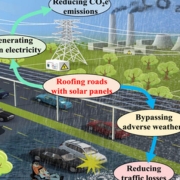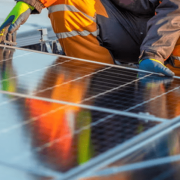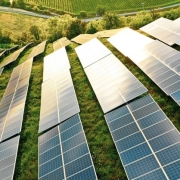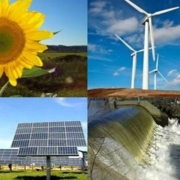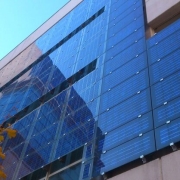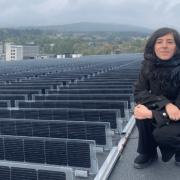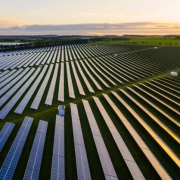Researchers from the Chinese Academy of Sciences, Tsinghua University, Chinese Academy of Geosciences, and Columbia University have proposed a historic initiative they say would generate 60 percent of the electricity the world uses each year and slash carbon emissions by 28 percent. Is that crazy talk? Maybe, maybe not. Here’s the plain language summary of their study, which was published in the journal Earth’s Future on July 15, 2024.
“Global efforts are underway to diversify environmentally sustainable strategies for photovoltaic (PV) installations to enhance the accessibility of green electricity. Here, we propose an innovative strategy to roof highways with PV panels and evaluate their electricity generation potential and social-economic co-benefits. Our analysis reveals that globally deploying highway PV systems across existing highway networks has the potential to generate 17,578 TWh of electricity annually, offsetting nearly 28% of concurrent global carbon emissions. Additionally, the highway PV could potentially prevent 150,000 traffic deaths annually and bring profits amounting to $14.42 trillion over a 25 year lifetime. We emphasize that the highway PV may serve as a crucial nexus for promoting human, environmental, and economic sustainability.” The researchers estimate the nations of the world would need to install more than 52 billion solar panels over their highways to maximize the potential of their proposal.
Click here to read the full article
Source: Clean Technica
—
If you have any questions or thoughts about the topic, feel free to contact us here or leave a comment below.

